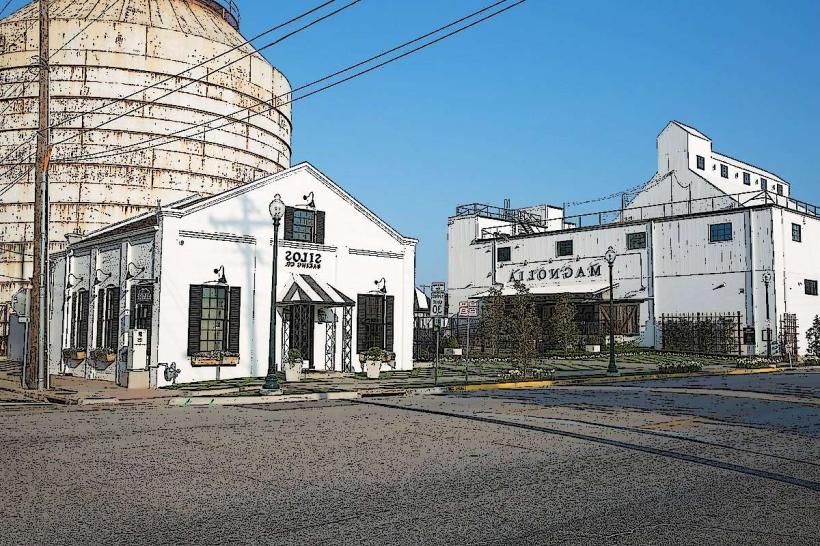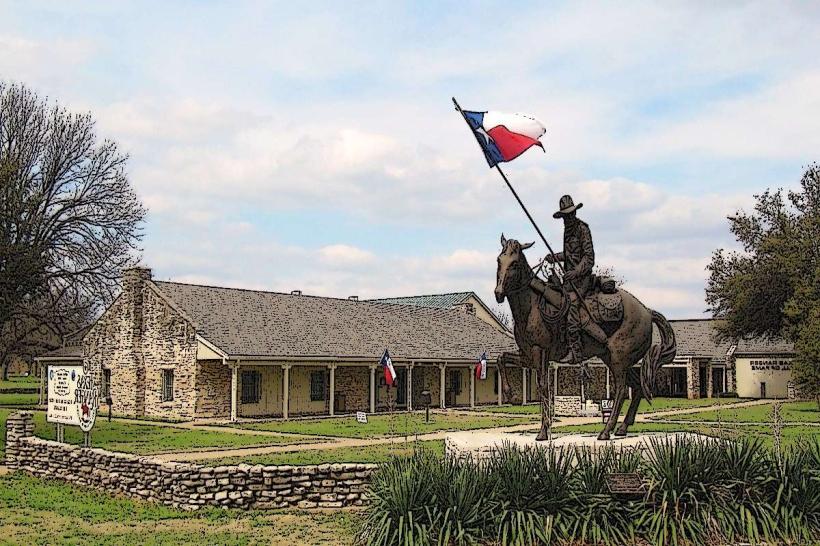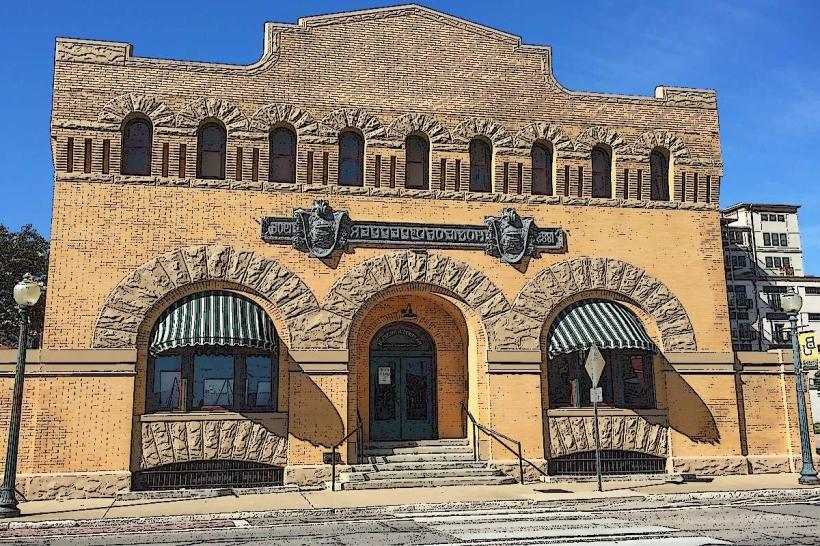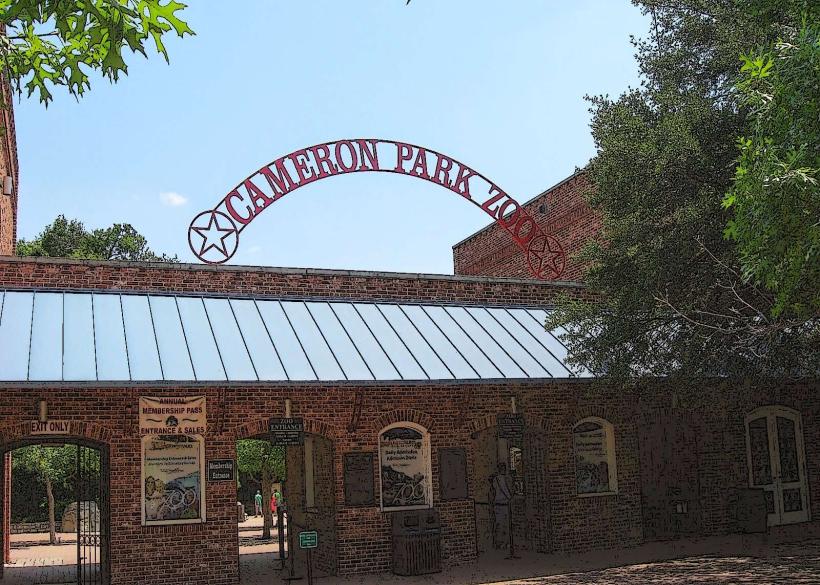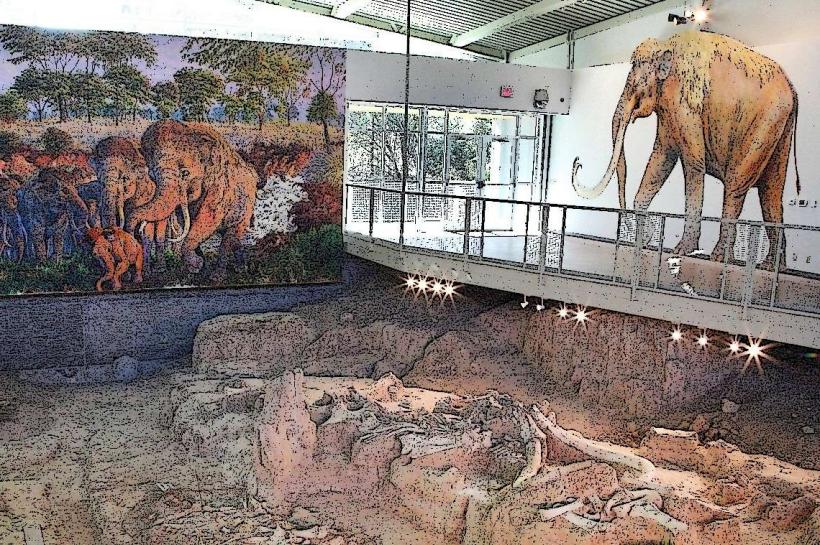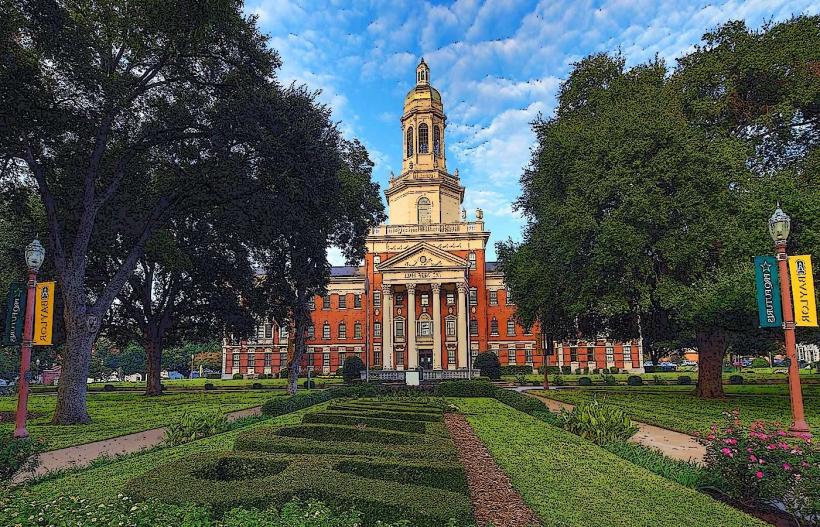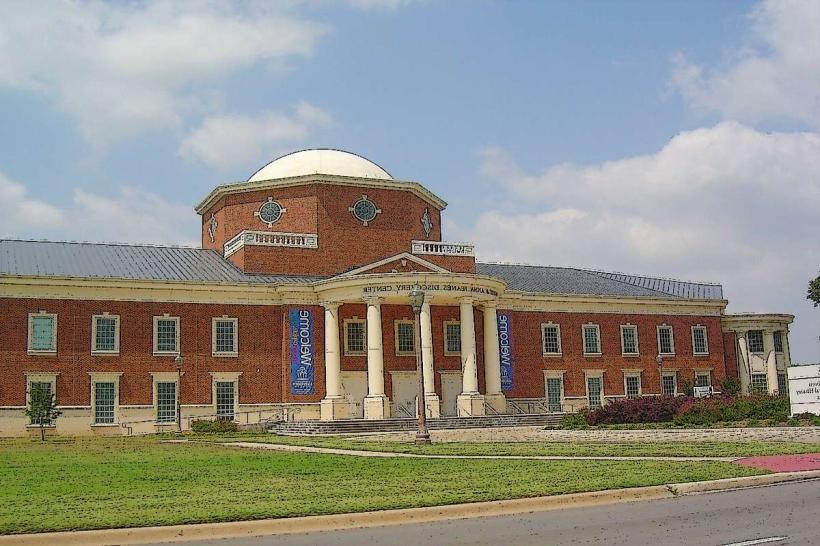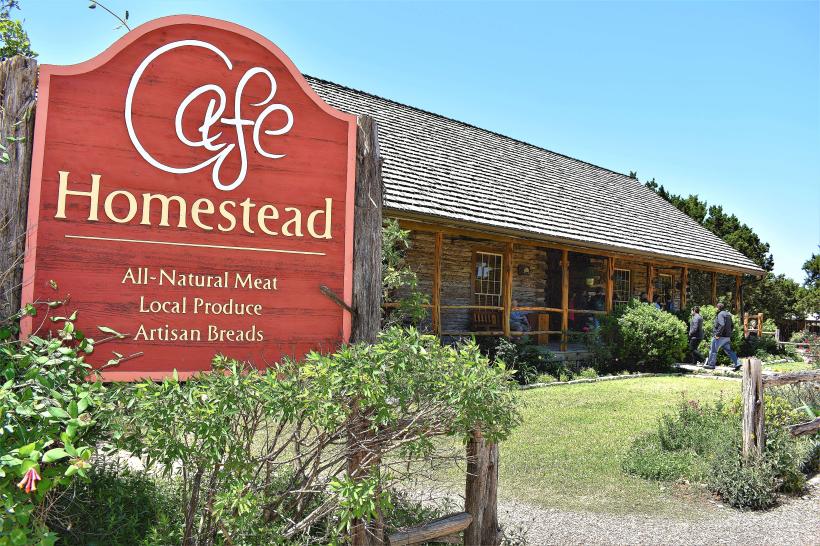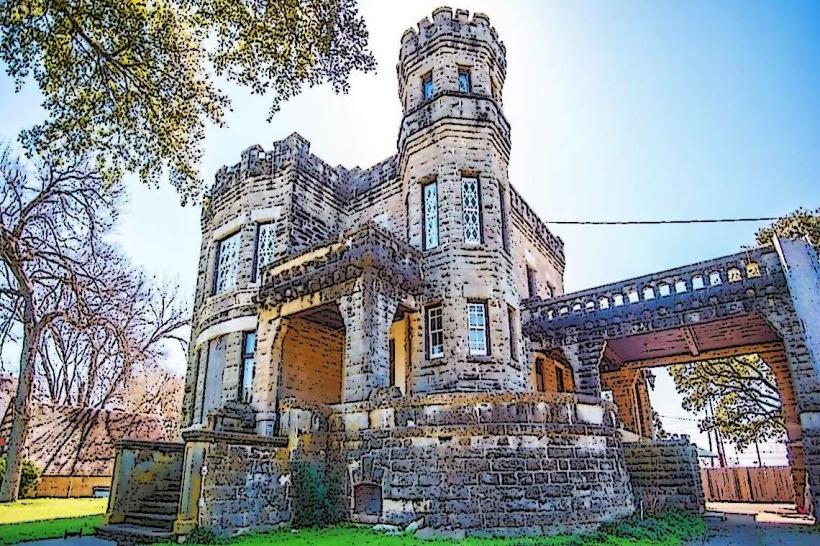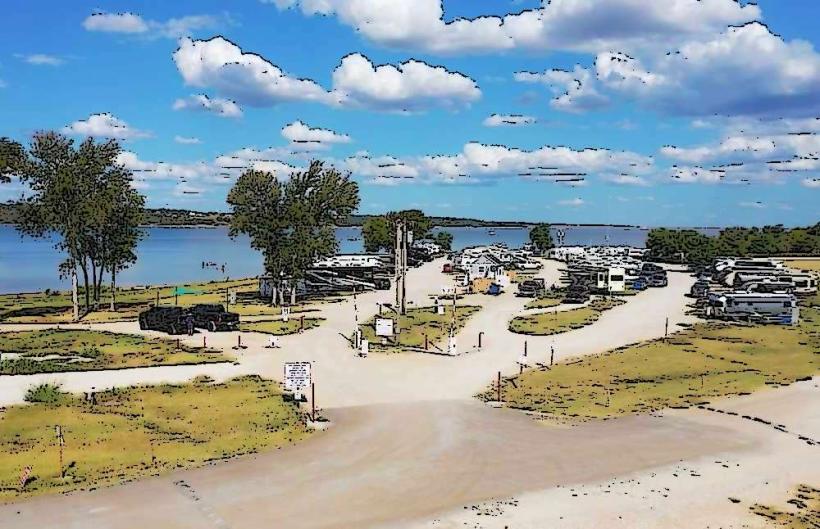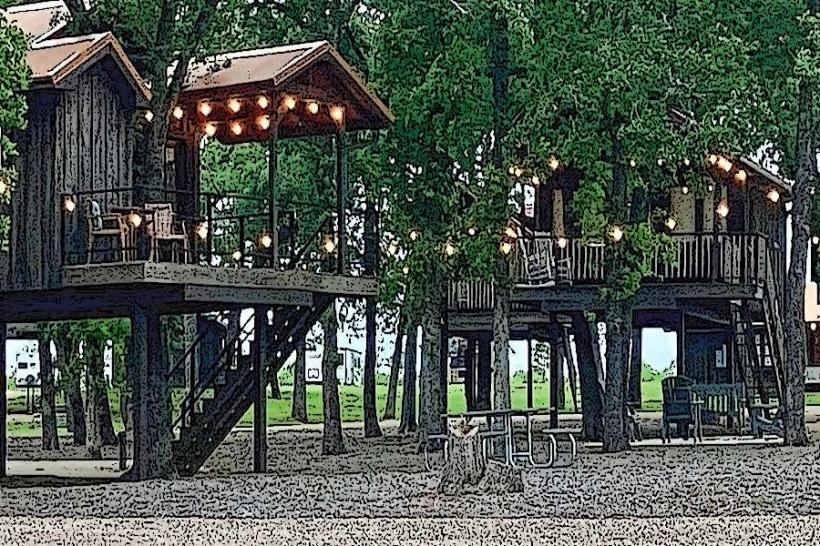Information
Landmark: Waco Suspension BridgeCity: Waco
Country: USA Texas
Continent: North America
Waco Suspension Bridge, Waco, USA Texas, North America
Waco Suspension Bridge – Detailed Overview
The Waco Suspension Bridge is an iconic historical structure located in Waco, Texas, and one of the city's most notable landmarks. Completed in 1870, it was the first major suspension bridge in Texas and remains a symbol of the region's rich history and engineering innovation.
History and Significance
Construction and Early Use
The bridge was constructed by the John A. Roebling Company, the same company responsible for building the famous Brooklyn Bridge. At the time of its completion in 1870, it was the longest single-span suspension bridge west of the Mississippi River.
The bridge was designed to span the Brazos River, providing a crucial crossing for both people and goods. It played a significant role in the development of Waco as a commercial hub, facilitating cattle drives along the Chisholm Trail, which were vital for Texas’ economy at the time.
Public Ownership and Accessibility
In 1889, the McLennan County purchased the bridge for $75,000, eliminating the tolls that had previously been charged for crossing. This change made the bridge publicly accessible, allowing it to serve as a vital transportation link for Waco residents and travelers alike.
Over time, the bridge underwent several modifications to accommodate increasing traffic. This included a major renovation in 1914, which involved the replacement of the original cables and the reinforcement of the structure to support heavier loads.
Transition to Pedestrian Use
The Waco Suspension Bridge continued to carry vehicular traffic until 1971. By this time, however, traffic had increased significantly, and the bridge's design was no longer suitable for modern vehicles. As a result, the bridge was closed to motor vehicles and designated for pedestrian use only.
Historical Recognition
Due to its engineering significance and its role in Waco’s history, the Waco Suspension Bridge was added to the National Register of Historic Places in 1970. This designation helped preserve the bridge and its unique place in the history of Texas and the United States.
Design and Architecture
The Waco Suspension Bridge is a single-span suspension bridge, meaning it is supported by cables that stretch across the river from one side to the other. The design is a classic example of the suspension bridge technology developed in the 19th century.
Dimensions: The bridge spans 475 feet across the Brazos River, with a total length of approximately 500 feet, making it an engineering marvel of its time.
The bridge is supported by massive stone pillars at each end, which were carefully designed to bear the weight of the structure and ensure its stability.
Cables: The original bridge cables were made of steel and were later reinforced during the 1914 renovation. These cables were crucial in supporting the weight of the bridge deck and allowing it to function as a reliable crossing.
Modern-Day Use and Preservation
Pedestrian Access
Today, the Waco Suspension Bridge is primarily used for pedestrian traffic. It provides a scenic walkway for visitors and locals, offering beautiful views of the Brazos River and the surrounding area. The bridge is especially popular for those walking through Indian Spring Park, which is located nearby.
Connection to Waco’s Cultural Landscape
The Waco Suspension Bridge is an important part of the city’s cultural and historical landscape. It stands as a reminder of the city’s role in commerce and trade, particularly during the days of the Chisholm Trail cattle drives. It is also part of Waco's effort to preserve and celebrate its historical landmarks.
Tourism and Community Events
The bridge has become a central feature of the city's tourism industry. It draws visitors interested in its rich history and beautiful architecture. It is also a gathering place for community events, festivals, and celebrations throughout the year.
Legacy and Importance
The Waco Suspension Bridge is more than just a transportation structure; it represents the ingenuity and vision of the people who built it and the critical role it played in shaping Waco’s development. Over its long history, the bridge has served as a symbol of progress, engineering excellence, and community connection.
Despite changes in transportation methods and the closure to vehicular traffic, the Waco Suspension Bridge remains a beloved landmark in the city. Its historical significance continues to be celebrated, and it serves as a reminder of the past while contributing to the character of modern Waco.

